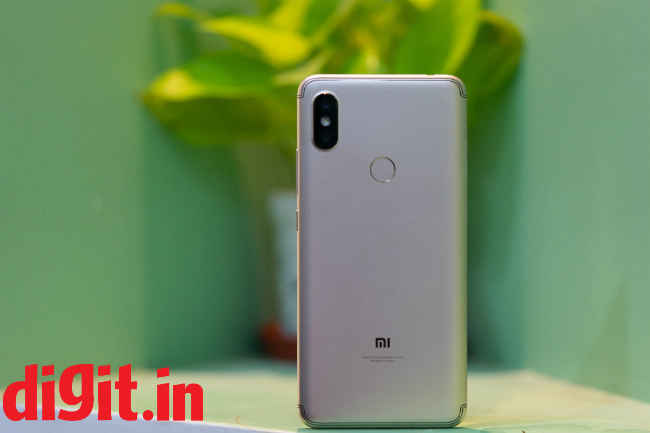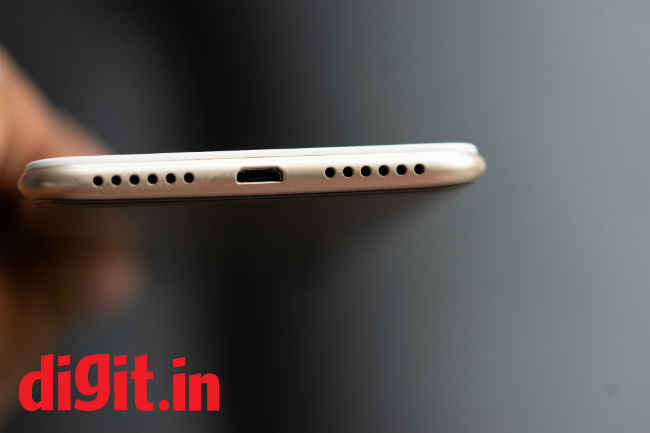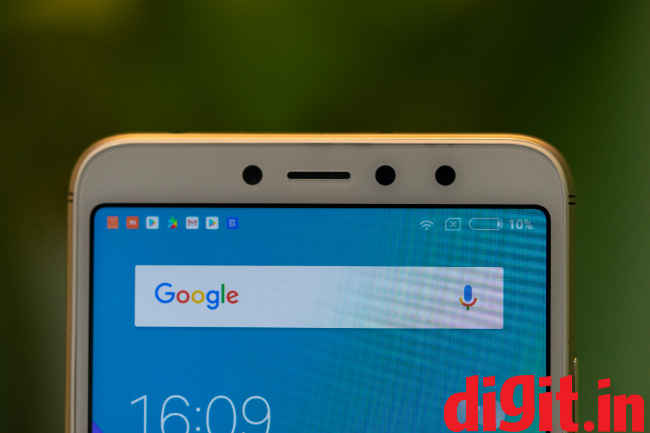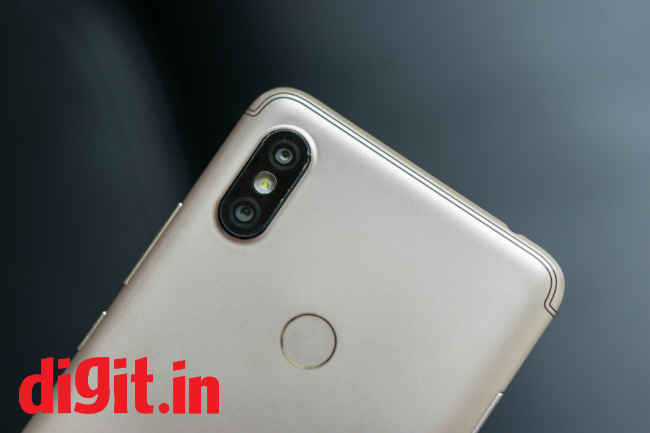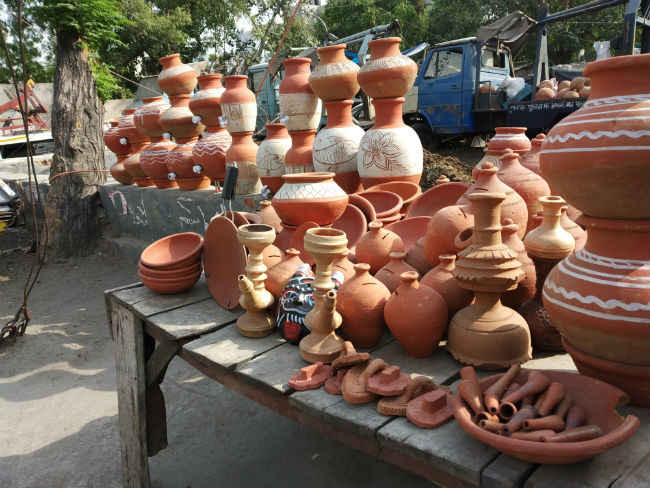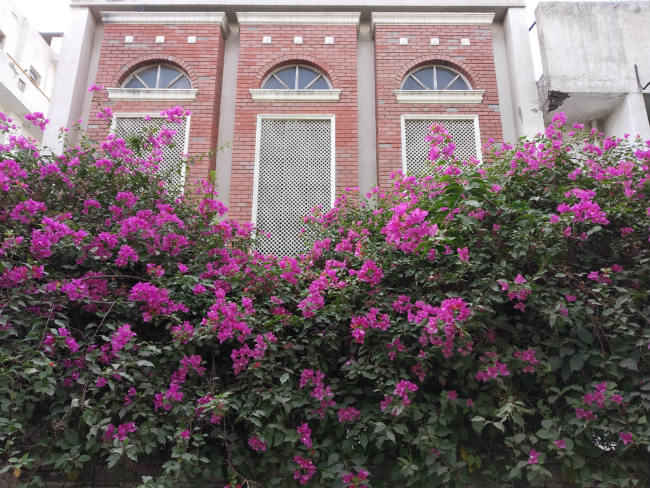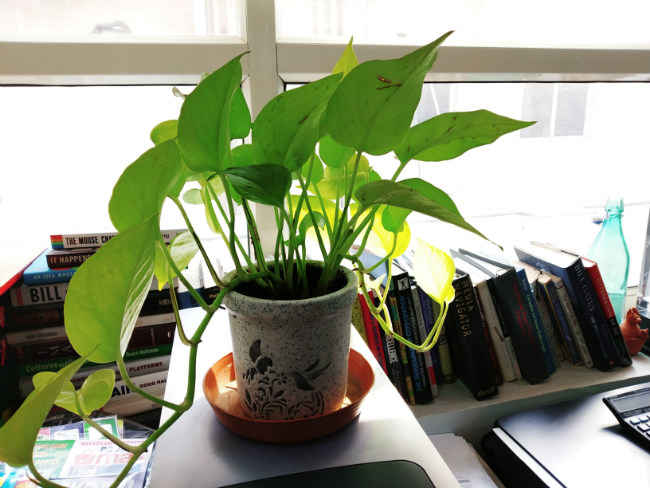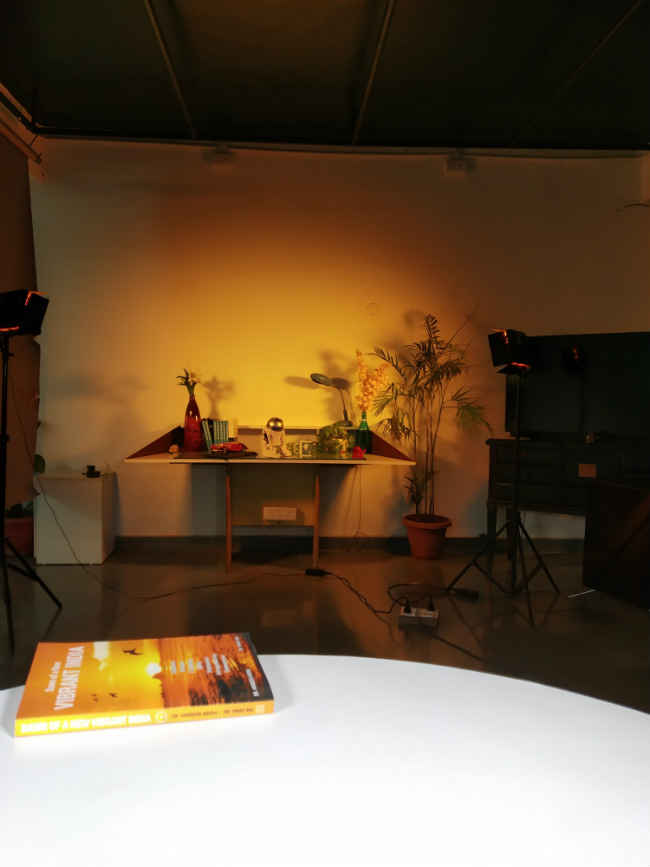Xiaomi Redmi Y2 Review : Jack of all trades, master of one
The Redmi Y2 comes out as a reliable all-rounder with a strong focus on the imaging prowess. It may not be as powerful as its rivals, but that doesn't deter the Redmi Y2 to cover the basics right.
Smartphones under the Rs 10,000 price barrier which we usually call budget or entry-level phones are the soft cookies among more expensive giants. They are fairly capable of offering similar hassle-free performance and pack a few trending features. That’s particularly because last year’s mid-range hardware is now affordable enough to be found in budget phones. The same carries for the Redmi Y2. With last year’s popular Snapdragon 625 running the show, the Redmi Y2 seems reliable on paper. But the world has moved on to other more powerful processors so does the new Xiaomi incumbent keep up with its rivals? We find out.
Design
The Redmi Y2 is a typical Xiaomi device. Xiaomi’s design philosophy has become so diluted among phones in all and every price range that it’s both easy and hard to identify the phone. Easy because you’ll immediately know it’s a Mi phone and hard because you won’t be able to tell which one. Thankfully, there are some subtle differentiating features on the Redmi Y2. The antenna lines on the back are no longer a plastic cap that are evident to be distinctly different from the body. Instead, they are etched in the metal body itself which increases the visual appeal of the phone. Furthermore, where most phones use a 2.5D glass to offer that bulge along the edges for good grip, the Redmi Y2 does that with the metal body itself. The display is a little raised from the body and the edges bulge out to meet the screen. This bulge, Xiaomi says, renders more protection to the display and it gives good grip. That may be true, but the implementation makes it look like two different phones from the back and the front. Especially with the gold and white colour variant. This sort of break in design continuity isn’t signature Xiaomi and is quite the departure from the consistent design that we have come to expect from the company.
Apart from these subtle differences, the Redmi Y2 looks identical to the Redmi Note 5 Pro. The front is mostly taken up by the 18:9 display although there are distinct bezels on the top and the bottom. The rear panel is polished to give a smooth grip without being slippery. There’s the fingerprint sensor in the centre while the vertically dual cameras stick out from the corner. The bump is not as much but significant enough to be noticeable when placing the phone on a flat surface. You get a single bottom firing speaker that does get loud and a micro-USB port. The choice of port, Xiaomi claims is because it’s aimed for the masses who still use the older chargers. But that’s an excuse from the past. There is a major push for wider adoption of the Type-C standards and it’s high time companies started offering it in devices used by the masses.
The Redmi Y2 has a predictable, but reliable design. It doesn’t have the bling of the Realme 1, neither does it have the premium glass body of the Honor 9 Lite. It’s the typical Xiaomi design we’ve been seeing in Redmi phones for more than a year now.
Display
The Redmi Y2’s focus is on selfies. For that, it has a powerful camera up front. But the company misses out on the fact that a good display is just as essential to the selfie-taking experience as the camera. The front camera shoots the selfie. The display lets the person see how she/he will look. It’s absolutely integral to know whether the effects of the beautification and the lights and shadows will be balanced. But the one on the Redmi Y2 doesn’t impress. It has a 720×1440 pixel 5.99-inch display with 18:9 aspect ratio. While the screen real estate is right up there with most other mid-range phones these days, the resolution leaves a lot to be desired. The visuals appear soft with a distinct lack of detail. The peak brightness isn’t enough for text to be legible under direct sunlight and the minimum brightness is still high enough to give off a glare in the dark.
MIUI’s punchy bright colours help though. The experience while browsing the phone isn’t that bad. But when you’re checking a photo or watching a video or even while playing a game, the low resolution is apparent. Still, the extra real estate means multi-tasking is easier, so is reading text. Most apps these days have adopted to the new display aspect ratio which is a good thing.
Performance and UI
The Redmi Y2’s aim is not to provide the firepower the enthusiasts desire. It needs just enough to impress the selfie-taker. Launch the camera quickly, shoot without any lag and have the battery last at least a full day. Considering this, the Snapdragon 625 is the apt choice for the phone. It was last year’s processor of choice for mid-range phones, especially for Xiaomi. The chipset is built on a 14nm FinFET process has been hailed for its power efficiency and reliable performance. The fact that it is now brought down to the budget segment is even more heartening.
But the world has moved on. Chipsets like the Kirin 659, the Snapdragon 630 and the Helio P60 are much better at handling performance and battery. The Helio P60 even has a discrete AI processor inside. With so much advancements, the Snapdragon 625 is visibly slower at least on synthetic benchmarks. When pitted against the competition, it failed to keep up. On Geekbench 4 Single Core, the Redmi Y2 scored 792 while on multi-core it scored 3,400. Both numbers are much lesser when compared to phones like the Realme 1, Redmi 5 and Honor 7X. On 3D Mark’s Sling Shot, the Redmi Y2 got a score 785, once again much lower than the competition. The story is the same for every benchmark that we ran. Read the chart below:
But like always, synthetic benchmarks dont give the full story. In real world usage, the Redmi Y2 is quick’, slick and smooth. Xiaomi has tuned its MIUI interface to work well with older chipsets and that shows. The interface can be swift and without any glitches. We didn’t experience any arbitrary app crashes or hiccups. The camera also opened quickly, which is essential in a selfie-centric phone.
The weakness starts showing up when gaming. Games like PubG work in low graphics and there were expected frame drops while playing. It also took some time for the phone to load the environment which isn’t a good thing in first person shooters. Needless to say, the graphics aren’t going to impress enthusiasts.
The phone runs on the latest Android 8.1 Oreo with MIUI 9.5 on top. It’s pleasantly surprising to see a Xiaomi phone running on the latest Android out of the box. The pressure of its competitors launching phones with the latest Android seems to be getting to Xiaomi, I suppose. MIUI 9.5 brings a lot of new features including a revamped notification shade, app lock, Mi Drop, but more importantly, it introduces gesture-based navigation. It’s a lot like the iPhone X. You swipe up to go back, swipe up and hold down to get to the recents menu and swipe up from the center to go home. The gestures are fairly easy to learn and doesn’t take long to become muscle memory.
Camera
The reason why the Redmi Y2 exists in the first place is because of its imaging prowess. The Y2 is regarded as a selfie expert with a 16-megapixel front camera. Interestingly, there’s a lot going in the front camera than your usual AI beautification marketing-speak. Xiaomi said it’s using pixel binning to improve selfies. The feature is used on much more expensive phones like the Huawei P20 Pro and the older Nokia Lumia 1020. Essentially, pixel binning combines adjacent pixels to create one single pixel that is larger than the rest. What that does is increase the signal to noise ratio so that more details are caught along with reducing digital noise. But usually, pixel binning reduces the effective resolution of the image, but in this case, Xiaomi converts the image back to 16-megapixel.
But does that make a big difference in selfies? Yes and no. It does improve on the details captured by the camera. The edges are much more consistent and colours are more vibrant. But it doesn’t solve the inherent problems with front cameras; highlight clipping and wonky exposure. In its bid to enhance facial details, the camera of the Y2 often blows up the background exposure. The dynamic range also isn’t as high to record details both in shadows and highlights.
To be honest, the rear camera has more going for the Y2 than the front. The resulting images come out nice and warm, a typical Xiaomi signature. Xiaomi tells me the Y2 uses the same hardware as the more expensive Redmi Note 5 Pro. A 12-megapixel primary sensor and a 5-megapixel depth sensor. Despite that, the quality isn’t the same. That doesn’t mean they’re bad. It’s still more richer than other phones at that price range.
Photos shot in regular daylight can be compared to more expensive mid-range phones. You get a well-balanced exposure with a quick focus on the subject. The dynamic range is good enough for phones at that price and lights and shadows are balanced quite well.
The Y2 is quite capable of taking close-up shots too. Bring the camera closer to the subject and the focus is locked with ease. The details are quite sharp with a distinct depth of field that comes out naturally.
Indoors, the camera starts to show its weakness. The area where the light is, is often overexposed. You also have to keep the shutter open for longer which results in shaky images. That becomes even more apparent when taking low-light shots. In that case, there’s more noise and less details

As for the portrait mode, it would be unfair to expect the quality of flagship phones. But for what it’s worth, the Y2 handles portraits quite well. The edges are consistently blurred and the background isn’t that out of focus that the subject looks like a cutout.
Battery
The Redmi Y2, with its selfie-centric DNA demands good battery life. But Xiaomi, while focusing on the front camera, missed out giving the Y2 llong battery life. It’s 3,080mAH battery last just about a day. The phone lasted around 5 hours 16 minutes on PC Mark’s Work 2.0 battery test which means it will last just around a day for the average user. In the real world, the drain is not so drastic. I used the phone to browse the web, browse social media, reply to messages and take photos apart from listening to music. I had to charge the phone again at night. Sadly, there’s no fast charging and you will have to wait more than an hour and a half to top up the battery.
Bottomline
The Redmi Y2 may be confusing to a buyer. The phone is priced similar to both the Redmi 5 and the Redmi Note 5. In fact, it has the same internals as the Redmi Note 5. But Xiaomi’s intentions are clear. The Note 5 is for enthusiasts while the Redmi 5 is for compact phone lovers. The Redmi Y2, hence, is for selfie lovers. Its front camera tech sets it apart from the rest, although the results are more or less consistent among other products by Xiaomi. The main threat for the Redmi Y2 is not from its own siblings though, but from its rivals. The Realme 1 is shaping up to be a compelling device with high-end hardware while the new Honor 7C and 7A are also proving to be reliable. The Redmi Y2 doesn’t bring anything groundbreaking to the table. It’s bland, but functional.

